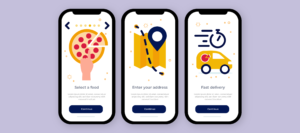How to Create an EV Charging Station App like Tata Power EZ Charge in 2023?
Are you intrigued by the growing electric vehicle (EV) market and the increasing demand for convenient charging solutions? If so, you’re not alone. With the rise in eco-consciousness and the popularity of electric cars, the need for EV charging station apps has skyrocketed. One notable app is Tata Power EZ Charge, which has revolutionized how EV owners find and access charging stations.
This blog will dive into the fascinating world of creating an EV charging station app like Tata Power EZ Charge. But before we delve into the nitty-gritty of development, let’s take a moment to understand the scale of the EV industry.
According to Statista, global Electric Vehicles market Revenue is projected to reach US$457.60bn in 2023, showcasing a remarkable growth trajectory. With more people opting for electric vehicles, the demand for accessible and efficient charging infrastructure continues to surge.
Building an EV charging station app offers an incredible opportunity to cater to this ever-expanding market. By developing a user-friendly and feature-rich app, you can tap into the growing community of EV owners, providing them with a seamless and hassle-free charging experience.
So, if you’re ready to embark on an electrifying app development journey, join us as we uncover the essential steps, key features, and technological aspects of creating an EV charging station app like Tata Power EZ Charge. Let’s power up the future of electric mobility together!
What is an Electric Vehicle (EV) Charging Station App?
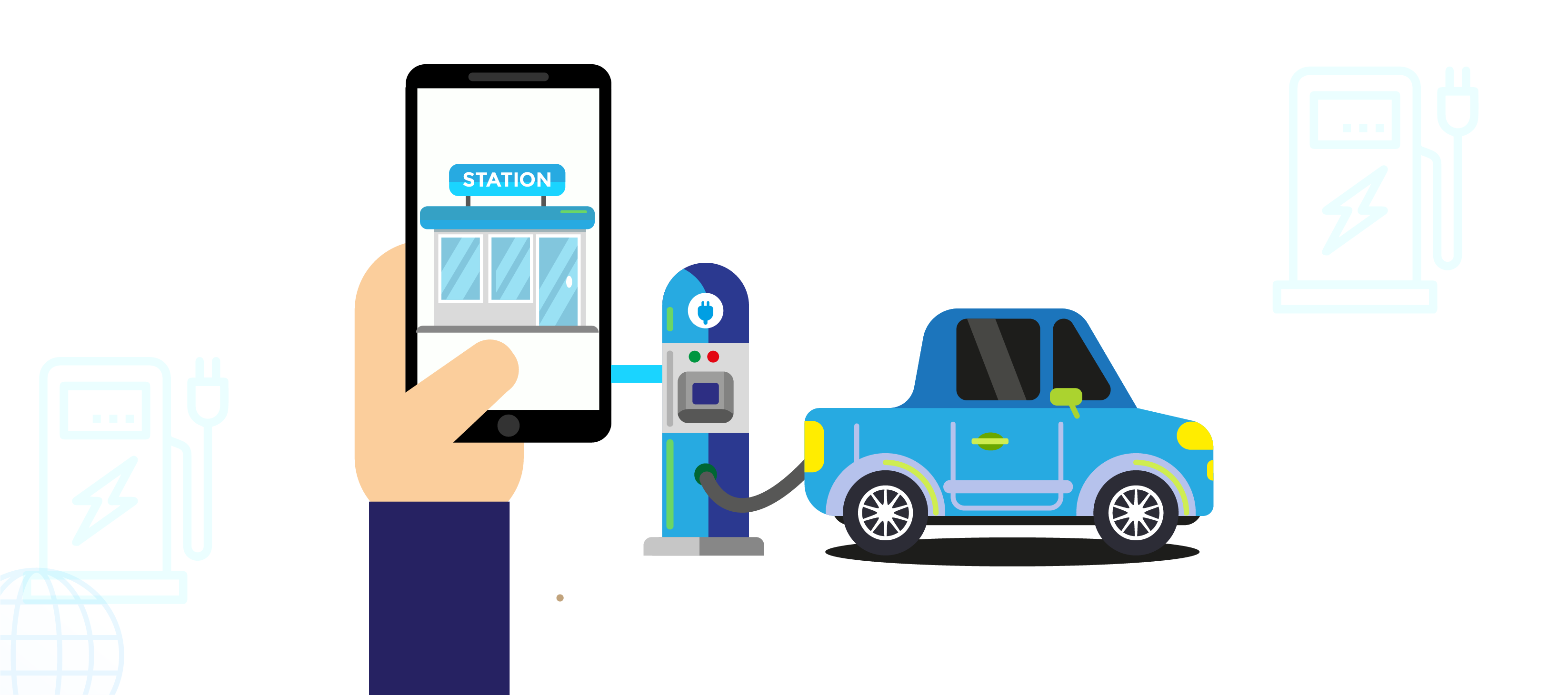
An Electric Vehicle (EV) Charging Station App is a mobile application that provides users with information about the location and availability of electric vehicle charging stations. The app can search for charging stations near the user’s current location or a specific destination, view information about the charging station, such as the types of connectors and charging speeds available, and even reserve a charging spot in advance.
The app can also provide real-time information on the availability of charging stations, so users can avoid wasting time driving to an already occupied station. Additionally, some apps may offer features like the ability to remotely start or stop a charging session, monitor the progress of a charging session, and even pay for the charging session directly within the app.
Some EV charging station apps may also include features like trip planning, which can help users plan a route that considers the location of charging stations along the way and even provide recommendations for places to stop and charge based on the user’s driving habits.
Overall, an EV Charging Station App can be useful for electric vehicle owners, providing the information and convenience they need to keep their vehicles charged and ready to go.
How does an EV Charging Station App Work?
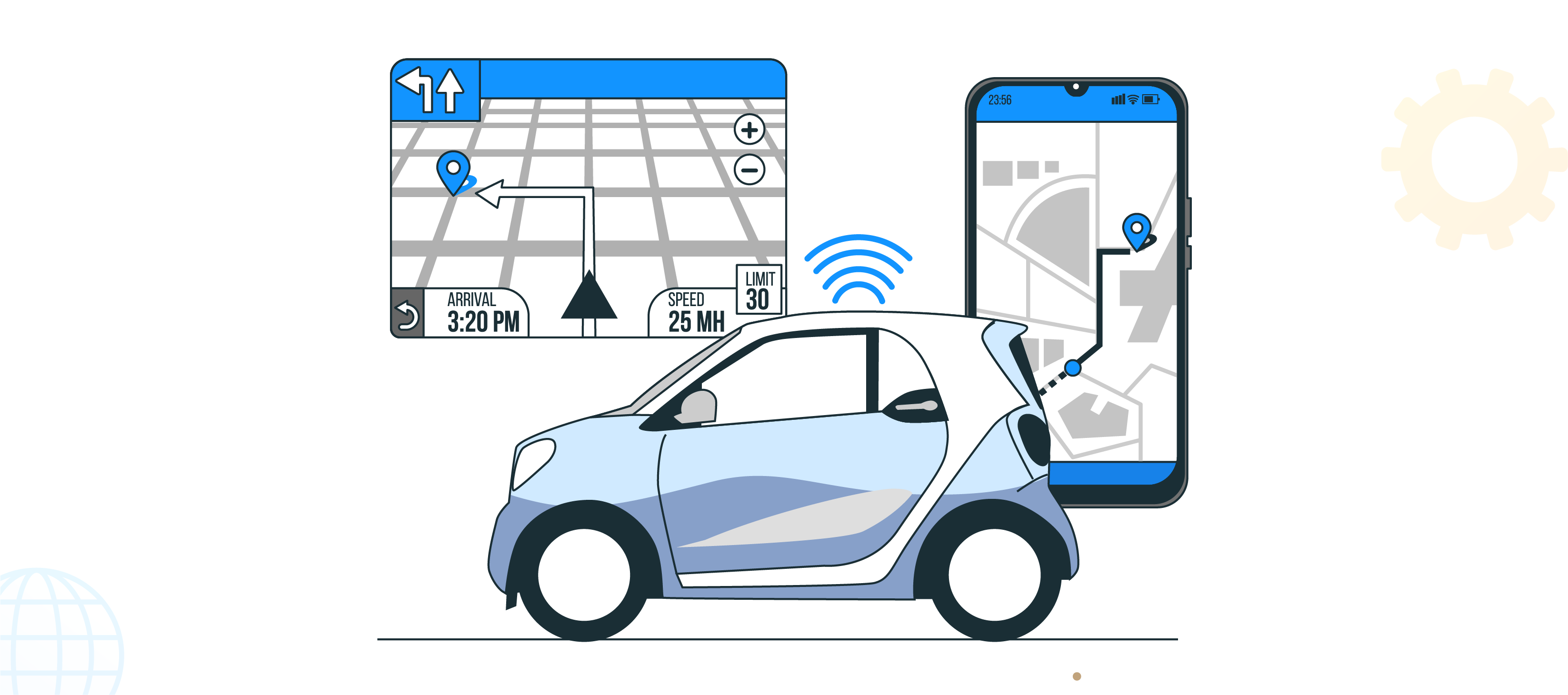
An EV charging station app is a convenient and user-friendly platform allowing electric vehicle (EV) owners to locate, access, and manage charging stations. Here’s how it typically works:
- Search for Charging Stations: The app will allow users to search for EV charging stations in their area using its map or search functionality. Users can filter their search by charger type, availability, and cost.
- View Charging Station Details: Once users have identified a charging station, they can view more information about it, such as the location, charging speed, and any fees or restrictions. Users can also see the station’s real-time availability and estimated charging time.
- Reserve a Charging Station: Some charging station apps allow users to reserve a charging station ahead of time, ensuring it will be available when they arrive.
- Navigate to the Charging Station: Once a user has selected a charging station, they can use the app’s built-in navigation system to guide them to the station’s location.
- Start the Charging Session: Once the user arrives at the charging station, they can begin the charging session by using the app to scan a QR code or enter a code provided by the charging station. The app will typically display the charging session’s progress, including the estimated charging time and the cost.
- Payment and Billing: The app may offer a payment gateway or integrate with a payment provider to handle billing and payment for the charging session. Some charging station apps allow users to save payment information, making future transactions more streamlined.
- Review and Feedback: After the charging session, the app may ask users to rate and provide feedback on their experience with the charging station and app. The reviews can help other users determine the best charging stations to use.
Must-Have Features of an EV Charging Station App
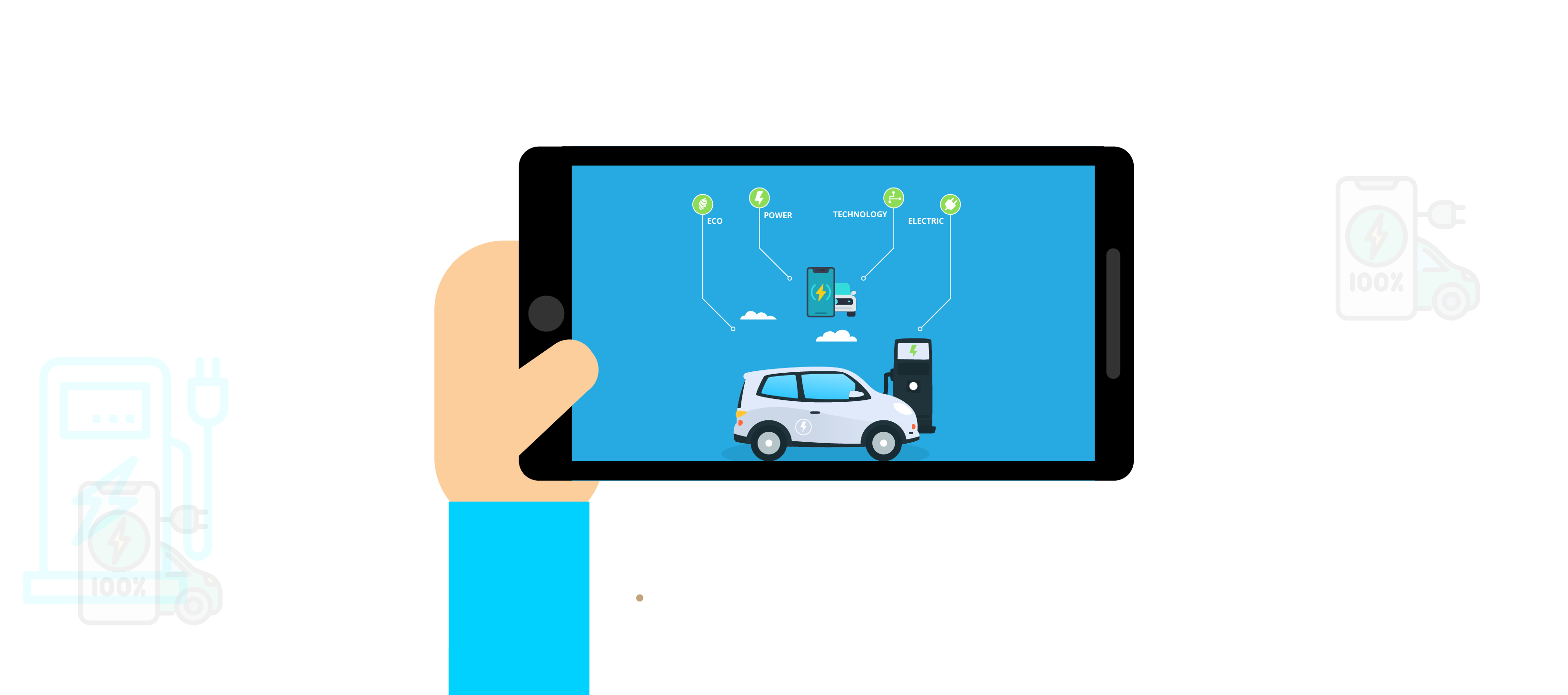
When developing an EV (Electric Vehicle) charging station app, several must-have features must be considered to ensure a smooth user experience. Here are some key features to include:
1. Station Locator:
Provide a comprehensive database of EV charging stations, allowing users to search for nearby stations based on their location or a specified area. Include station types, availability, pricing, and accepted payment methods.
2. Real-Time Availability:
Integrate real-time data to display the availability of charging stations, indicating whether a station is occupied or available. This helps users plan their routes and avoid unnecessary detours.
3. Reservation and Booking:
Allow users to reserve charging stations in advance to ensure availability. This feature can be particularly useful during peak hours or when planning long trips. Notifications and reminders can be sent to users to update them on their reservations.
4. Charging Status and Notifications:
Enable users to monitor the progress of their charging session, including the current charging rate, estimated time to completion, and notification alerts when their vehicle is fully charged or when charging is interrupted.
5. Payment Integration:
Incorporate various payment methods such as credit/debit cards, mobile wallets, or subscription-based plans to make payments seamless. Provide a secure and convenient payment gateway to handle transactions.
6. User Reviews and Ratings:
Allow users to leave reviews and ratings for charging stations they have used. This feature helps other users make informed decisions and provides feedback to station owners to improve their services.
7. User Profiles:
Users can create profiles and save their preferred charging station locations, payment methods, and vehicle information for personalized experiences. This can also enable loyalty programs or rewards for frequent users.
8. Navigation Integration:
Integrate with navigation apps or provide built-in navigation features to efficiently guide users to their selected charging stations. This ensures a seamless transition from finding a station to reaching it.
9. Energy Consumption Tracking:
Give users insights into their energy consumption, including kilowatt-hour usage, energy cost calculations, and historical data analysis. This information can help users manage their energy consumption and make more informed decisions.
10. Customer Support:
Include a support system allowing users to contact customer support for assistance, report station issues, or provide feedback. This helps to address user concerns promptly and improves overall customer satisfaction.
Tech Stack to Create an EV Charging App
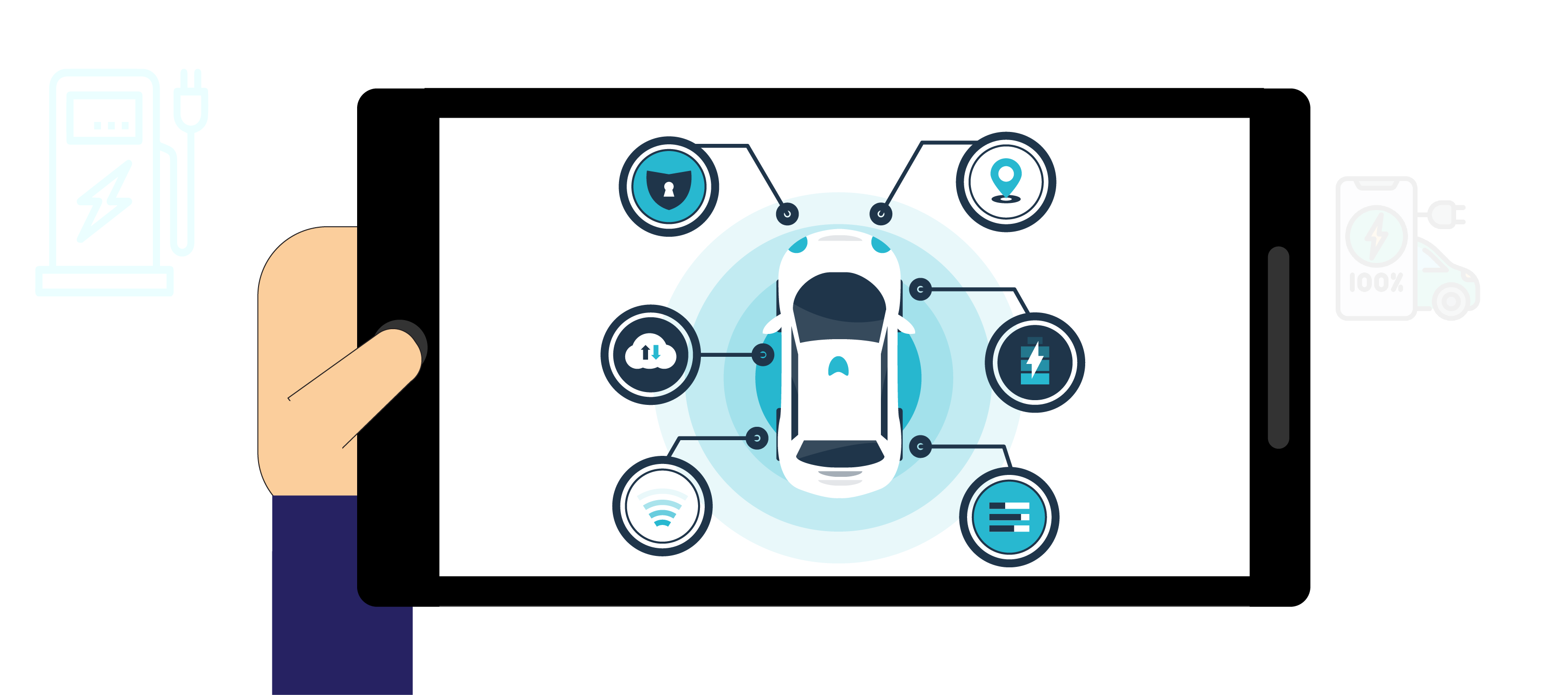
When developing an EV (Electric Vehicle) charging app, the choice of a tech stack will depend on various factors such as the development team’s expertise, project requirements, scalability needs, and budget. Here are some commonly used technologies for building an EV charging app:
1. Front-End Development:
- Programming Languages: JavaScript, TypeScript
- Frameworks: React, Angular, Vue.js
- UI Libraries: Bootstrap, Material-UI, Tailwind CSS
- Mapping and Geolocation: Google Maps API, Mapbox API
2. Back-End Development:
- Programming Languages: Node.js, Python, Ruby, Java
- Frameworks: Express.js, Django, Ruby on Rails, Spring Boot
- Database: PostgreSQL, MySQL, MongoDB
- RESTful API Development
3. Mobile App Development:
- Native: Swift (for iOS), Kotlin (for Android)
- Cross-Platform: React Native, Flutter
4. Real-Time Data and Notifications:
- WebSocket: Socket.IO, SignalR
- Push Notifications: Firebase Cloud Messaging (FCM), Apple Push Notification Service (APNS)
5. Payment Integration:
- Payment Gateways: Stripe, PayPal, Braintree
- APIs: Payment provider APIs for handling transactions
6. Cloud Services and Hosting:
- Infrastructure: Amazon Web Services (AWS), Google Cloud Platform (GCP), Microsoft Azure
- Server Hosting: Heroku, DigitalOcean
7. Data Analysis and Reporting:
- Analytics: Google Analytics, Mixpanel
- Reporting: Power BI, Tableau
8. Security and Authentication:
- Encryption: SSL/TLS
- Authentication: OAuth, JWT (JSON Web Tokens)
9. Testing and Quality Assurance:
- Testing Frameworks: Jest, Mocha, Selenium
- Continuous Integration/Deployment (CI/CD): Jenkins, Travis CI, CircleCI
10. Version Control and Project Management:
- Version Control: Git (GitHub, GitLab, Bitbucket)
- Project Management: Jira, Trello, Asana
Remember, the tech stack mentioned above is not exhaustive, and you can customize it based on your specific requirements and preferences. It is always recommended to consult with your development team or tech lead to make the best decisions regarding the technology stack for your EV charging app.
Why Should You Invest In An EV Charging Station App?

Investing in an EV charging station app requires careful planning, market analysis, and collaboration with relevant stakeholders. By considering the potential benefits and market opportunities, you can make an informed decision about investing in this growing sector.
- Growing Electric Vehicle Market: The global adoption of electric vehicles is rising due to increasing environmental concerns and government incentives. By investing in an EV charging station app, you can tap into this expanding market and provide a valuable service to EV owners.
- Business Opportunity: Developing an EV charging station app presents a business opportunity to generate revenue. You can monetize the app through various models, such as charging station partnerships, advertising, premium features, or transaction fees for charging sessions.
- Convenience for EV Owners: An EV charging station app enhances EV owners’ convenience and user experience. It allows them to find nearby charging stations easily, check availability, reserve spots, and monitor charging progress. You can attract and retain users who value seamless charging experiences by providing such convenience.
- Customer Loyalty and Engagement: An app can help build customer loyalty and engagement. By offering additional features like loyalty programs, personalized recommendations, or exclusive discounts, you can incentivize users to choose your charging stations over competitors. This fosters customer loyalty and strengthens your brand image.
- Enhanced User Experience: An EV charging station app streamlines the charging process and eliminates the need for manual searches or physical visits to stations. Users can find stations, check availability, and make reservations with ease. This convenience contributes to a positive user experience and increases satisfaction.
- Real-Time Data and Insights: An app can provide real-time data on charging station availability, pricing, and other details. This data can be valuable for users and station owners, enabling efficient trip planning and optimizing station utilization.
- Sustainability and Green Initiatives: Investing in an EV charging station app aligns with sustainability goals and demonstrates your commitment to environmental stewardship. By promoting and facilitating the use of electric vehicles, you contribute to reducing carbon emissions and promoting clean transportation alternatives.
- Future-Proofing Your Business: As the transition to electric vehicles accelerates, investing in an EV charging station app positions your business for the future. It enables you to stay ahead of the curve, adapt to changing consumer demands, and establish a strong presence in the EV charging market.
How Much Does It Cost to Create an EV Charging Station App like Tata Power EZ Charge?
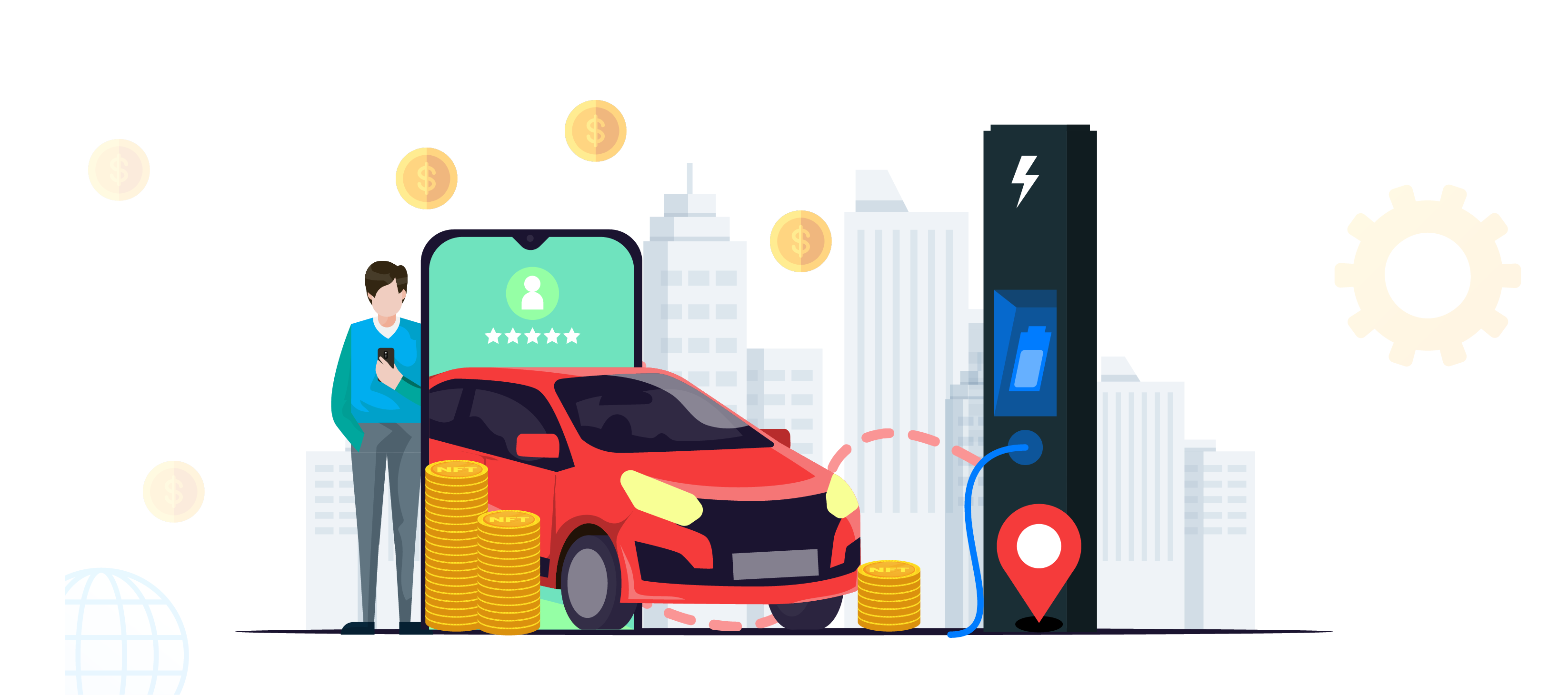
The cost of developing an EV charging station app like Tata Power EZ Charge can vary significantly based on several factors, including the complexity of features, platform compatibility, development resources, and the geographic location of the development team. Here are some key cost factors to consider:
- App Design: Investing in high-quality UI/UX design is crucial for a successful app. The complexity and customization of the app’s design will affect the cost.
- Development Platform: The choice between native or cross-platform development will affect the development cost. Native development for iOS (Swift) and Android (Java/Kotlin) may require separate development teams, increasing the overall cost. Cross-platform frameworks like React Native or Flutter can save costs by enabling shared codebases.
- Features and Functionality: The complexity and number of features impact the development cost. Basic features like station search, station details, and user authentication will be less costly than advanced features like reservation systems, real-time data integration, payment gateways, and analytics.
- Backend Development: Developing a robust backend system to handle data storage, APIs, and integration with external services can contribute to the cost. The complexity and scalability requirements of the backend infrastructure will impact the overall cost.
- Third-Party Integrations: Integrating with external services such as mapping and geolocation APIs, payment gateways, and real-time data sources will add to the development cost. Costs may include API usage fees or licensing fees for certain services.
- Ongoing Maintenance and Support: Factoring in the cost of ongoing maintenance, updates, bug fixes, and technical support is essential to ensure the long-term success and sustainability of the app.
It isn’t easy to provide an exact cost without detailed project requirements. However, developing an EV charging station app like Tata Power EZ Charge can range from $50,000 to $100,000 for a basic app with limited features to $100,000 to $200,000 for a more advanced, feature-rich app. Consulting with experienced app development agencies or freelancers can provide more accurate cost estimates based on your specific requirements.
Few Electric Vehicle Companies
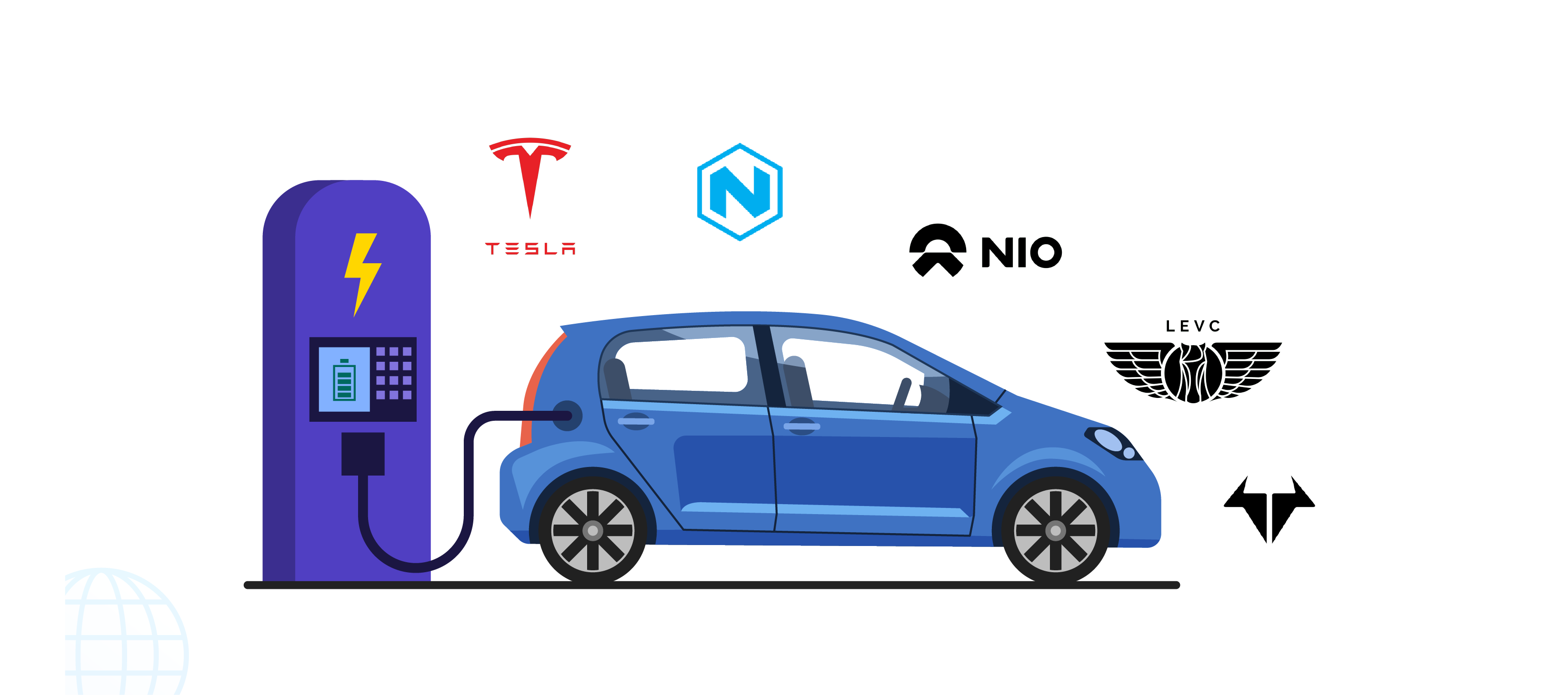
1. Tesla:
Tesla is one of the most well-known and influential EV manufacturers globally. They produce a range of electric vehicles, including the Tesla Model S, Model 3, Model X, and Model Y. Tesla is known for its cutting-edge technology, long-range capabilities, and the development of a robust charging network (Tesla Supercharger).
2. Nissan:
Nissan introduced the Nissan Leaf, one of the first mass-produced electric vehicles. The Leaf has been a popular choice among EV owners, offering a balance of affordability, range, and practicality. Nissan continues to expand its EV lineup and invest in battery technology.
3. Chevrolet:
General Motors’ Chevrolet division introduced the Chevrolet Bolt EV, an all-electric compact car with an impressive range. The Bolt EV has gained popularity for its affordability and practicality, making it a notable contender in the EV market.
4. BMW:
BMW offers a range of electric vehicles under its “BMW i” sub-brand, including the BMW i3 and the BMW iX3. The i3, introduced as one of the first electric city cars, focuses on sustainability and urban mobility, while the iX3 is an electric SUV.
5. Rivian:
Rivian is an American electric vehicle startup that has gained attention for its electric pickup trucks and SUVs. Their Rivian R1T and R1S vehicles boast impressive off-road and long-range capabilities, appealing to adventure enthusiasts.
6. Ford:
Ford has embraced electric vehicles by introducing the Ford Mustang Mach-E, an all-electric SUV inspired by the iconic Mustang. Ford has also announced plans to introduce more electric models as part of its commitment to electrification.
7. Volkswagen:
Volkswagen has been expanding its EV lineup under its “ID” series, including models like the Volkswagen ID.3 and ID.4. The ID.3 is a compact electric hatchback, while the ID.4 is an electric SUV. In the coming years, Volkswagen aims to be a major player in the EV market.
These are just a few examples of electric vehicle companies that have made notable contributions to the EV market. The industry is rapidly evolving, and many other companies, both established automakers and startups, are entering the market with their electric vehicle offerings.
Final Words
In conclusion, creating an EV charging station app like Tata Power EZ Charge requires careful planning, development, and integration of various features and technologies. The app must be user-friendly and secure, providing real-time information on charging station availability and payment. With the right tech stack, development team, and attention to detail, an EV charging station app can help electric vehicle owners access charging stations easily and conveniently while contributing to a more sustainable future.
FAQs
Question 1: What is an EV charging station app?
An EV charging station app is a mobile application that helps electric vehicle owners locate and access charging stations, monitor their charging sessions and make payments.
Question 2: How does an EV charging station app work?
An EV charging station app typically allows users to search for charging stations based on location, filter charging stations based on criteria such as availability and cost, reserve charging stations ahead of time, navigate to charging stations, start charging sessions, and pay for charging sessions.
Question 3: What are the key features of an EV charging station app?
Key features of an EV charging station app may include real-time availability of charging stations, the ability to reserve charging stations ahead of time, navigation to charging stations, payment and billing capabilities, and user reviews and feedback.
Question 4: What tech stack is needed to create an EV charging station app?
The tech stack needed to create an EV charging station app may include mobile app development frameworks such as React Native or Flutter, backend development frameworks such as Node.js, a mapping API such as Google Maps, and payment gateway integration.
Question 5: How much does creating an EV charging station app like Tata Power EZ Charge cost?
The cost to create an EV charging station app like Tata Power EZ Charge will depend on various factors, such as the app’s complexity, the features required, the platform(s) targeted, and the development team’s hourly rates. However, it can typically range from $50,000 to $200,000.
Question 6: How long does developing an EV charging station app take?
The time required to develop an EV charging station app depends on various factors, such as the complexity of the app, the features required, the platform(s) targeted, and the development team’s size and experience. However, it can typically take anywhere from 4 to 12 months.
Question 7: What are some challenges of developing an EV charging station app?
Challenges in developing an EV charging station app may include integrating with multiple third-party APIs, ensuring accurate and real-time availability of charging stations, implementing secure payment and billing systems, and optimizing the app’s performance and user experience across multiple platforms.




